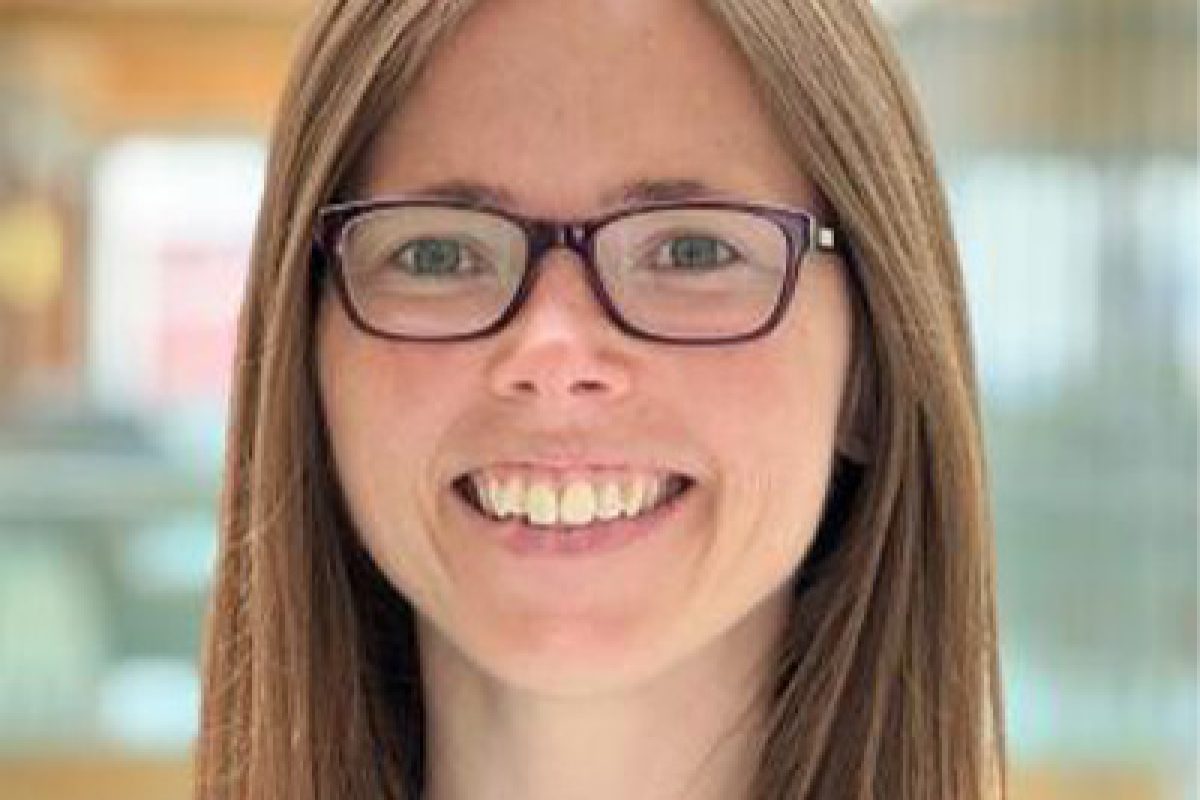The Karchin lab is developing on AI approaches to neoantigen prediction, including its relevance for vaccine design, TCR repertoire modeling, and spatial approaches to tumor and TCR clonal evolution. These projects overlap with TTEC’s interests in Immuno engineering and single cell/spatial transcriptomics.
Luo Gu
The Gu laboratory studies how cells sense and respond to the mechanical and biochemical cues from their microenvironment. The findings from these studies are then used to design and create new biomaterials that provide desirable signals to direct cell behavior and function for applications in tissue engineering, cell therapy manufacturing, and immunoengineering.
Laura Ensign
Dr. Ensign’s lab works broadly within nanomedicine and the development of therapeutics that provide sustained and effective treatment. Recent efforts aim to apply the principles of nanomedicine to provide various supportive approaches for enhancing cell and tissue regeneration, as well as utilizing nanomedicine for characterizing disease processes.
Kevin Motz
Dr. Motz is a junior faculty member in the department of Otolaryngology-Head and Neck surgery and is working to establish himself as a successful clinician scientist. He has successful received career development funding (K23) through the NIDCD to investigate pathologic signaling pathways in macrophages associated with pathologic wound healing and subsequent fibrosis in the larynx and trachea. His research is complimentary to the work being done in TTEC. Cumulatively, Dr. Motz’s research is geared at identifying and targeting novel signaling pathways that drive airway fibrosis with the end goal of engineering a drug eluting biomaterial that can be used treat chronic wounds in the larynx trachea. This focus aligns well with the cross-cutting themes of Precision Medicine and Disease Modeling.
Ken Boheler
Dr. Boheler is a cardiovascular researcher with over 20 years of experience in Aging Research and over 25 years of experience in pluripotent stem cell biology. He has extensive expertise in the creation of human pluripotent stem cell (hiPSC) lines to model diseases such as Arrhythmogenic Cardiomyopathy, Marfan Syndrome, and vascular Ehlers-Danlos Syndrome. Coupled with the hiPSC derivatives are tissue engineered systems which are employed to study cell biology and mechanics. He is also a leader in the use of cell surface capture technologies and proteomics to study the surfaceome of in vitro differentiated cells, the results of which have proved informative of some normal and disease states, as well as for the development of markers for cell types and maturation.





